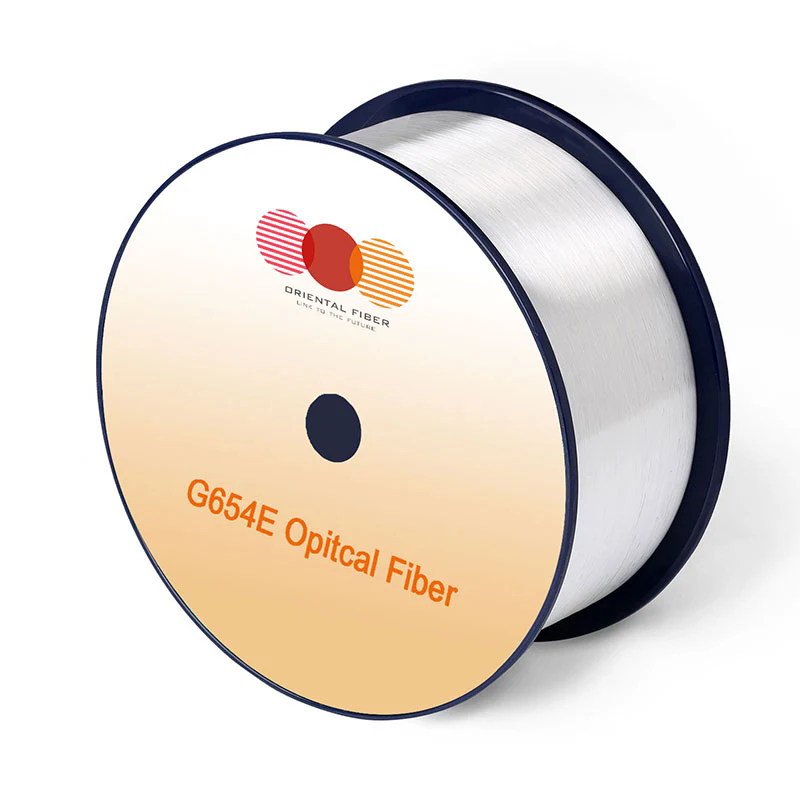Optical Fiber: The Backbone of Modern Communication
2025-03-05
In today’s digital world, fast and reliable communication is essential. Optical fiber technology has revolutionized the way we transmit data, enabling high-speed internet, clear voice communication, and seamless video streaming. Whether in telecommunications, medical applications, or industrial settings, optical fiber plays a crucial role in modern connectivity. In this blog, we will explore what optical fiber is, how it works, its advantages, and its various applications.
What is Optical Fiber?
Optical fiber is a thin, flexible strand made of glass or plastic that transmits light signals over long distances. Unlike traditional copper wires, which use electrical signals, optical fibers rely on light to carry data, making them much faster and more efficient. These fibers are bundled together to form cables used in high-speed data transmission networks.
How Does Optical Fiber Work?
Optical fiber operates based on the principle of total internal reflection. Each fiber consists of three main parts:
1. Core – The central part of the fiber where light travels. It is made of high-quality glass or plastic.
2. Cladding – A protective layer surrounding the core that reflects light back into the core, preventing signal loss.
3. Coating – An outer layer that protects the fiber from damage and environmental factors.
When light signals enter the fiber, they bounce off the cladding and continue traveling through the core. This process allows data to be transmitted over long distances with minimal loss.
Advantages of Optical Fiber
1. High-Speed Transmission
Optical fibers can transmit data at speeds much higher than traditional copper cables, supporting modern high-bandwidth applications.
2. Greater Bandwidth
They can carry large amounts of data simultaneously, making them ideal for internet services, video streaming, and cloud computing.
3. Long-Distance Communication
Due to low signal loss, optical fiber can transmit data over much longer distances without requiring frequent signal boosting.
4. Enhanced Security
Unlike copper cables, optical fibers do not emit electromagnetic signals, making them difficult to tap or intercept, ensuring secure data transmission.
5. Durability and Reliability
Optical fibers are resistant to electromagnetic interference, weather conditions, and temperature changes, ensuring stable and long-lasting performance.
6. Lightweight and Flexible
Optical fiber cables are thinner and lighter than traditional cables, making installation easier and more efficient.
Applications of Optical Fiber
1. Telecommunications
Optical fiber is widely used in high-speed internet connections, telephone networks, and cable television, ensuring clear and fast communication.
2. Medical Industry
In medical imaging and endoscopy, optical fibers help doctors see inside the human body with precision, leading to better diagnoses and treatments.
3. Industrial and Military Applications
Factories use fiber optic sensors for monitoring temperature, pressure, and strain in machines. The military relies on fiber optics for secure and high-speed communication.
4. Data Centers and Cloud Computing
Tech companies use optical fiber networks to store, process, and transfer vast amounts of data quickly and efficiently.
5. Aerospace and Automotive
Aircraft and modern vehicles use optical fiber for communication, safety systems, and lighting due to its lightweight and high-speed data transmission capabilities.
The Future of Optical Fiber
As the demand for faster internet and more advanced communication systems continues to grow, optical fiber technology will play an even more significant role in shaping the future. Innovations such as fiber-to-the-home (FTTH) networks, 5G expansion, and quantum communication are driving further advancements in fiber optic technology.
Conclusion
Optical fiber has transformed the way we connect, communicate, and share information. With its speed, reliability, and versatility, it has become an essential technology in various industries. As advancements continue, optical fiber will remain a critical component of modern infrastructure, supporting the digital age with efficient and secure data transmission. Whether for home internet, medical applications, or industrial use, optical fiber is the key to a connected future.



